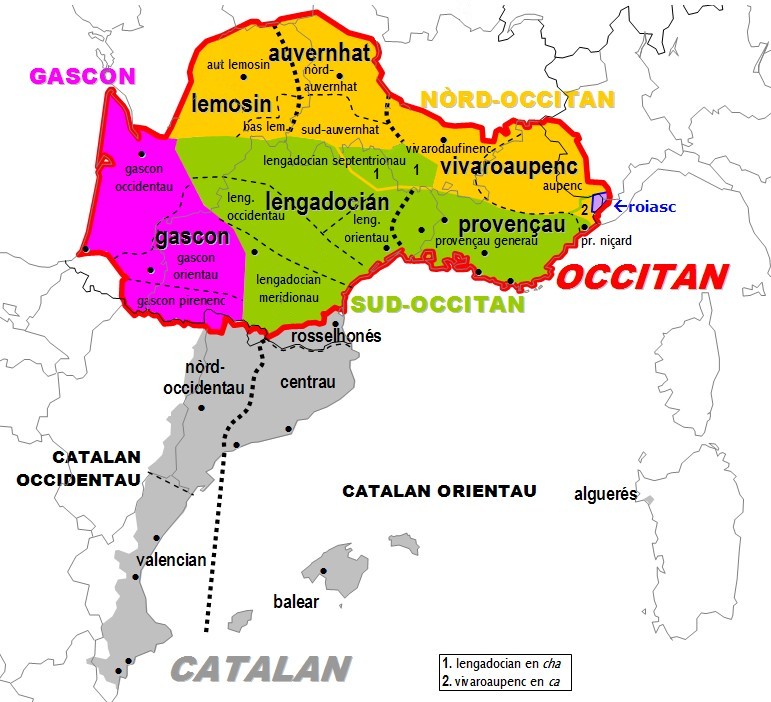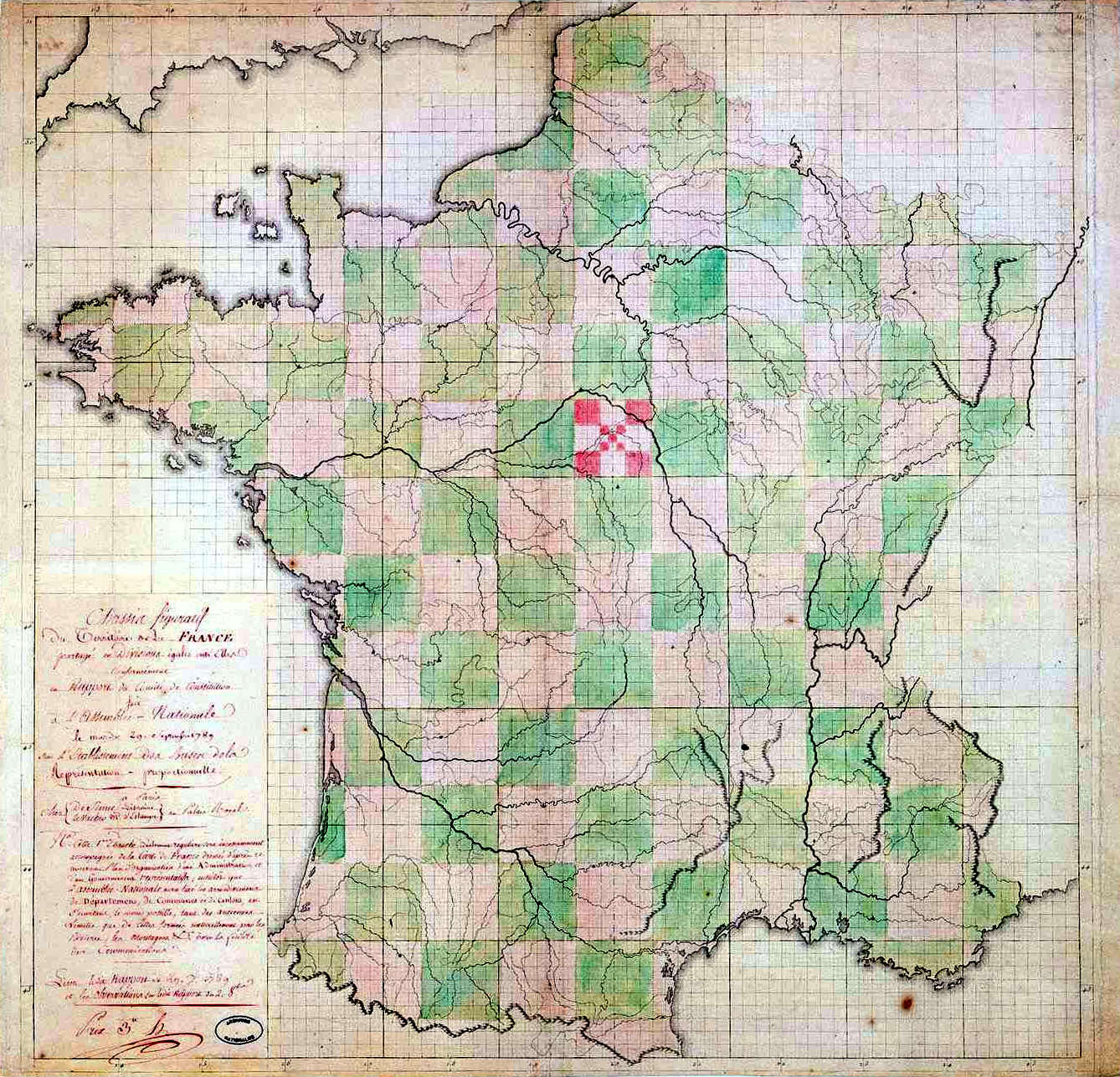|
Saint-Amand-de-Belvès
Saint-Amand-de-Belvès (; Languedocien: ''Sench Amand de Belvés'') is a former commune in the Dordogne department in southwestern France. On 1 January 2016, it was merged into the new commune Pays-de-Belvès. 21 December 2015 Population See also *Communes of the Dordogne department
The following is a list of the 503 communes of the Dordogne department of France
France, officially the French Republic, is a country located primarily in Western Europe. Overseas France, Its overseas regions and territories include Fren . ...
[...More Info...] [...Related Items...] OR: [Wikipedia] [Google] [Baidu] |
Pays-de-Belvès
Pays-de-Belvès (, literally ''Land of Belvès''; ) is a commune in the Dordogne department of southwestern France. The municipality was established on 1 January 2016 and consists of the former communes of Belvès and Saint-Amand-de-Belvès. 21 December 2015 has rail connections to Périgueux and Agen. See also *Communes of the Dordogne department
The following is a list of the 503 communes of the Dord ...
[...More Info...] [...Related Items...] OR: [Wikipedia] [Google] [Baidu] |
Institut National De La Statistique Et Des études économiques
The National Institute of Statistics and Economic Studies (, ), abbreviated INSEE or Insee ( , ), is the List of national and international statistical services, national statistics bureau of France. It collects and publishes information about the Economy of France, French economy and Demographics of France, people and carries out the periodic national census. Headquartered in Montrouge, a commune in the southern Paris, Parisian suburbs, it is the French branch of Eurostat. The INSEE was created in 1946 as a successor to the Vichy France, Vichy regime's National Statistics Service (SNS). It works in close cooperation with the Institut national d'études démographiques (INED). Purpose The INSEE is responsible for the production and analysis of official statistics in France. Its best known responsibilities include: * Organising and publishing the national census. * Producing various Index (economics), indices – which are widely recognised as being of excellent quality – inc ... [...More Info...] [...Related Items...] OR: [Wikipedia] [Google] [Baidu] |
Languedocien Dialect
Languedocien (French name, ), Languedocian, or Lengadocian () is an Occitan dialect spoken in rural parts of southern France such as Languedoc, Rouergue, Quercy, Agenais and southern Périgord. It is sometimes also called Languedocien-Guyennais. Owing to its central position among the dialects of Occitan, it is often used as a basis for a Standard Occitan. About 10% of the population of Languedoc are fluent in the language (about 300,000), and another 20% (600,000) "have some understanding" of the language. All speak French as their first or second language. Geographic distribution Languedocien is spoken in certain parts of three French regions. * Occitanie: Aveyron, Lot, Tarn, Tarn-et-Garonne except Lomagne, Ariège (except a western part), Haute-Garonne (except the districts of Saint-Gaudens and Muret), Aude, Hérault, Lozère, western and northern parts of Gard and Fenouillèdes. * Nouvelle-Aquitaine: south of the Dordogne, east of the Gironde, north-eastern two-thi ... [...More Info...] [...Related Items...] OR: [Wikipedia] [Google] [Baidu] |
Communes Of France
A () is a level of administrative divisions of France, administrative division in the France, French Republic. French are analogous to civil townships and incorporated municipality, municipalities in Canada and the United States; ' in Germany; ' in Italy; ' in Spain; or civil parishes in the United Kingdom. are based on historical geographic communities or villages and are vested with significant powers to manage the populations and land of the geographic area covered. The are the fourth-level administrative divisions of France. vary widely in size and area, from large sprawling cities with millions of inhabitants like Paris, to small hamlet (place), hamlets with only a handful of inhabitants. typically are based on pre-existing villages and facilitate local governance. All have names, but not all named geographic areas or groups of people residing together are ( or ), the difference residing in the lack of administrative powers. Except for the Municipal arrondissem ... [...More Info...] [...Related Items...] OR: [Wikipedia] [Google] [Baidu] |
Dordogne
Dordogne ( , or ; ; ) is a large rural departments of France, department in south west France, with its Prefectures in France, prefecture in Périgueux. Located in the Nouvelle-Aquitaine region roughly half-way between the Loire Valley and the Pyrenees, it is named after the river Dordogne (river), Dordogne, which runs through it. It corresponds roughly to the ancient county of Périgord. In January 2023, Dordogne had a population of 412,807. History The county of Périgord dates back to when the area was inhabited by ancient celtic Gauls, Gaulish tribes. It was originally home to four tribes, and since "four tribes" in the Gaulish language is "Petrocore", the area eventually became known as the county of Le Périgord. Its inhabitants became known as the Périgordins (or Périgourdins), and there are four Périgords in the Dordogne. * Périgord Vert (Green Périgord), with its main town of Nontron, consists of verdant valleys in a region crossed by many rivers and streams ... [...More Info...] [...Related Items...] OR: [Wikipedia] [Google] [Baidu] |
Departments Of France
In the administrative divisions of France, the department (, ) is one of the three levels of government under the national level ("territorial collectivity, territorial collectivities"), between the Regions of France, administrative regions and the Communes of France, communes. There are a total of 101 departments, consisting of ninety-six departments in metropolitan France, and five Overseas department and region, overseas departments, which are also classified as overseas regions. Departments are further subdivided into 333 Arrondissements of France, arrondissements and 2,054 Cantons of France, cantons (as of 2023). These last two levels of government have no political autonomy, instead serving as the administrative basis for the local organisation of police, fire departments, and, in certain cases, elections. Each department is administered by an elected body called a departmental council (France), departmental council ( , ). From 1800 to April 2015, these were called gene ... [...More Info...] [...Related Items...] OR: [Wikipedia] [Google] [Baidu] |
France
France, officially the French Republic, is a country located primarily in Western Europe. Overseas France, Its overseas regions and territories include French Guiana in South America, Saint Pierre and Miquelon in the Atlantic Ocean#North Atlantic, North Atlantic, the French West Indies, and List of islands of France, many islands in Oceania and the Indian Ocean, giving it Exclusive economic zone of France, one of the largest discontiguous exclusive economic zones in the world. Metropolitan France shares borders with Belgium and Luxembourg to the north; Germany to the northeast; Switzerland to the east; Italy and Monaco to the southeast; Andorra and Spain to the south; and a maritime border with the United Kingdom to the northwest. Its metropolitan area extends from the Rhine to the Atlantic Ocean and from the Mediterranean Sea to the English Channel and the North Sea. Its Regions of France, eighteen integral regions—five of which are overseas—span a combined area of and hav ... [...More Info...] [...Related Items...] OR: [Wikipedia] [Google] [Baidu] |
Communes Of The Dordogne Department
The following is a list of the 503 communes of the Dordogne department of France France, officially the French Republic, is a country located primarily in Western Europe. Overseas France, Its overseas regions and territories include French Guiana in South America, Saint Pierre and Miquelon in the Atlantic Ocean#North Atlan .... The communes cooperate in the following intercommunalities (as of 2025):Périmètre des groupements en 2025 BANATIC. Accessed 28 May 2025. * Communauté d'agglomération Bergeracoise *Communauté d'agglomération Le Grand Périgueux * ... [...More Info...] [...Related Items...] OR: [Wikipedia] [Google] [Baidu] |



